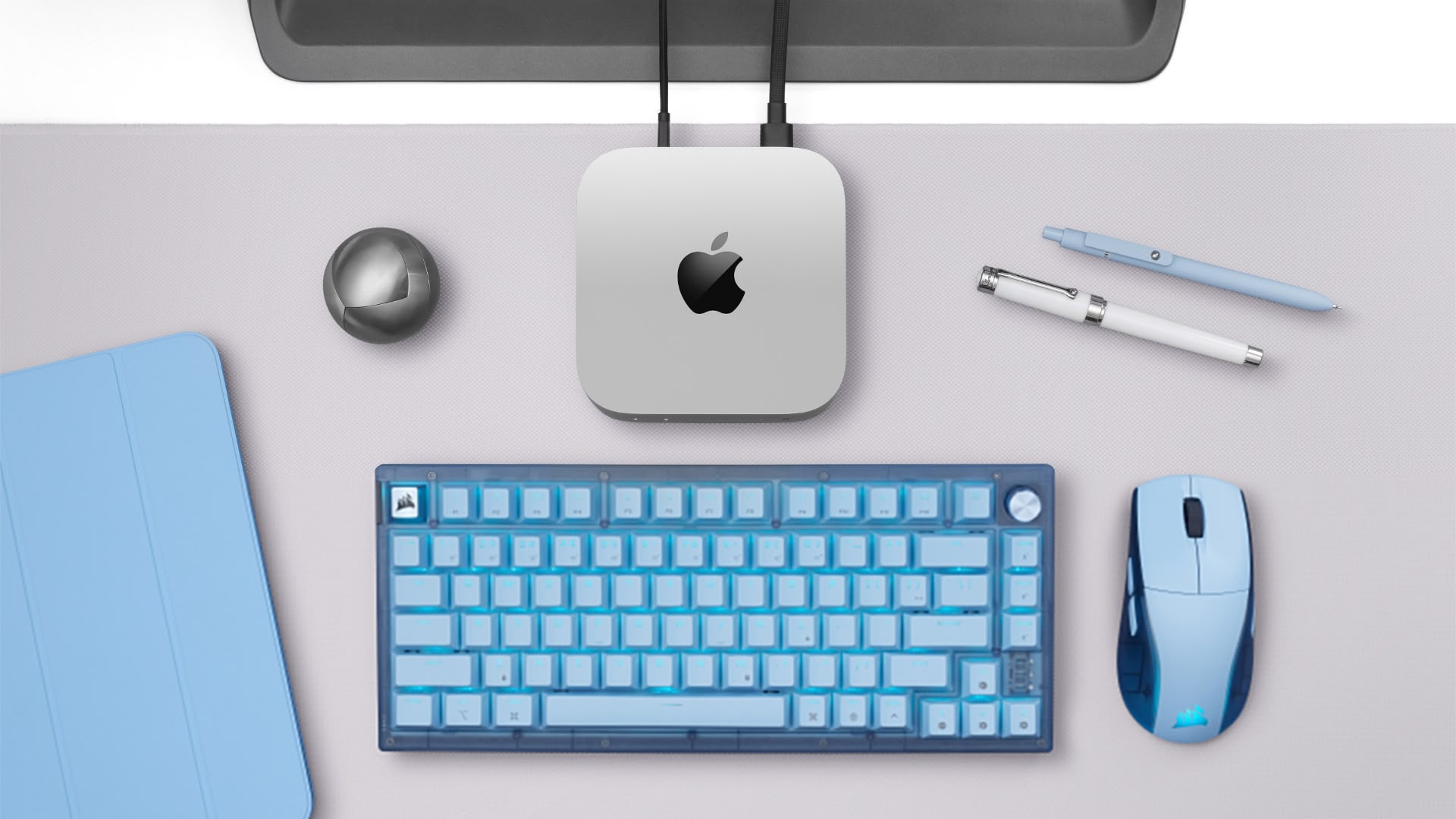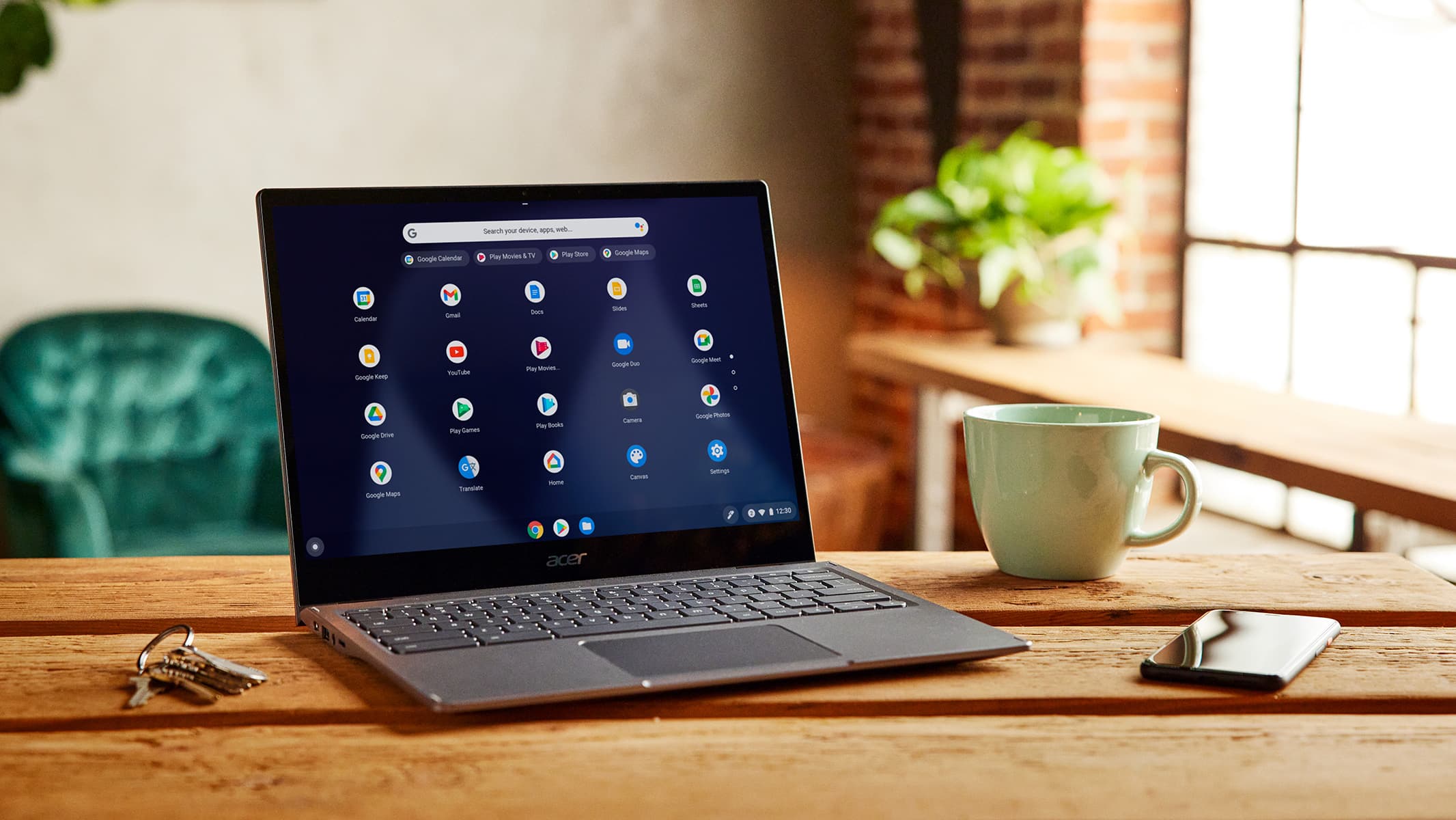THIS DESK KNOWS WHEN YOU SHOULD STAND, SIT, OR JUST BREATHE
THE STIR KINETIC SMART DESK, FROM VETERANS OF APPLE, IDEO, NASA, AND DISNEY, ADJUSTS HEIGHTS AND TRACKS YOUR HABITS IN AN EFFORT TO HELP YOU WORK SMARTER AND HEALTHIER.
Perhaps you’ve heard: Sitting is the new smoking. For years, a growing body of research has shown sitting for extended periods of time, the way most of us do for 50 to 70 percent of our lives, can cause a host of issues from lower back pain to diabetes to an increased risk of death.
Accordingly, various models of standing and adjustable-height desks have made their way to market, mostly targeting white-collar professionals who can spend upwards of eight hours a day sitting in front of a computer. The latest of these is the Stir Kinetic Desk, a desk that automatically and strategically adjusts between sitting and standing positions based on data it collects about your habits over time.
he Stir Kinetic desk is the first product out of the Los Angeles startup Stir, whose employees include veterans from Apple, Ideo, NASA, and Disney. Stir’s CEO, JP Labrosse, who recently stopped by Fast Company‘s office to give me a demo, is an alum of the original iPod team that was at Apple more than a decade ago.
“One of the first things I noticed was a lot of my colleagues there worked at elevated or height-adjustable work stations,” Labrosse says of his time at Apple. “I started talking with people about it and found out it helped them be more focused. So I started doing it myself.”
His experiences at Apple, coupled with mounting evidence that sitting was a greater health hazard than we previously thought, eventually prompted Labrosse to conceive of a desk that not only adjusted its height, but took the guesswork out of when you should sit versus stand by making those decisions for you, based on intelligent software.

The Stir Kinetic Desk is simple to operate, because all of its controls are packed into a little built-in touchscreen on the desk’s bottom left-hand corner. After you initially store your preferred sitting and standing heights, double-tapping on the touchscreen will cause the desk to move up or down. A thermal sensor in the desk aids in collecting data about how many calories you’re burning, which you can track through the touchscreen, which also displays analytical breakdowns of how much time you’ve spent sitting versus standing that day (or week, month, or year).
Press a button and the desk will double as a meditation coach of sorts by switching into a state called “Active Mode.” In Active Mode, the desk will occasionally rise and fall in a subtle motion Labrosse calls “WhisperBreath,” which serves as a reminder to, yes, take a deep breath and consider changing positions. And the more you use the Stir Kinetic Desk, the more intelligence it amasses about your habits.
“The desk is learning the best times to invite you to move,” Labrosse says. “If you always get back from lunch and you always want to be in the standing position, those are the sorts of patterns the desk will pick up on.”
At launch, the Stir Kinetic won’t come cheap: The desks, which aren’t yet available for pre-order, are expected to sell for $3,890 apiece. But Labrosse says his ultimate goal is to create a desk that “seamlessly integrates into your life.” To that end, the team sees a massive opportunity in building support for the desk to connect to devices like the Nest learning thermostat (Nest CEO Tony Fadell was Labrosse’s first boss at Apple) and the Fitbit.






